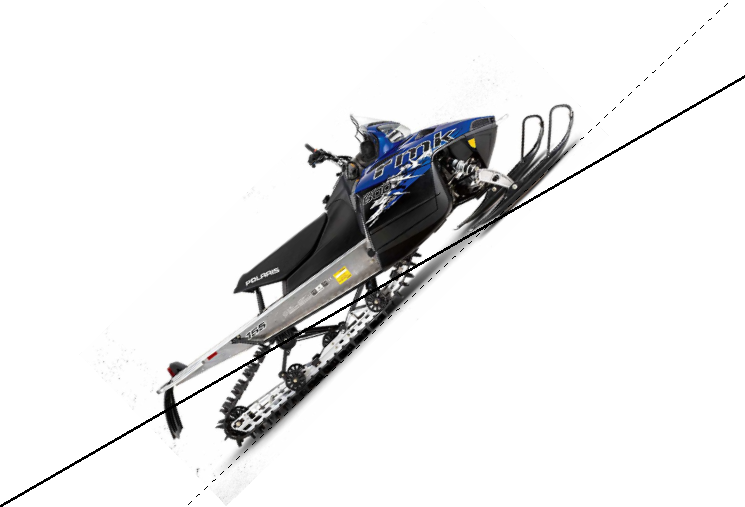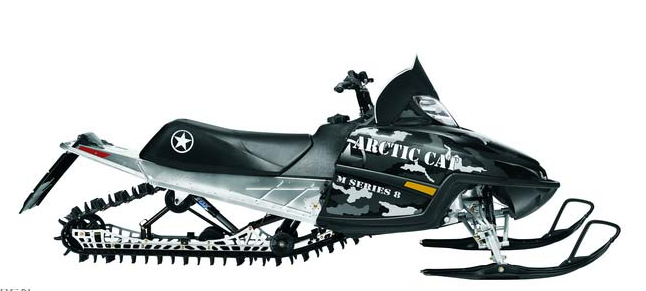C
I am trying to understand the mysteries of the rear suspension and would appreciate some help. I have a good grasp on the actual mechanical function of the stock/timbersled/holz. What I am trying to understand is how these various setups react to the conditions presented to them and how that affects real world performance. I understand that there are many variables at play. To start with: I took a side view of a 600rmk 155" and put it on a 30 deg slope. In the current position the track is at a 13 deg angle from the surface of the snow. I would assume in this situation the front of the rails would be in the full down position. The rear would be moved up towards the tunnel due to weight transfer and the track being under full power. My question is what angle in reference to the surface of the snow is optimal. Lets say in standard powder. Not to fluffy and not to wet and dense. I hope this makes sense. It is my understanding that in this situation much of the weight of the whole rider machine combination is transfered to the rear of the skid frame. How well does the stock suspension operate in this condition vs quality aftermarket units?


Last edited:




